What the Internet Was Like in 2011
The internet in 2011 saw power plays in social networking, mobile apps, cloud computing, and streaming. Facebook was challenged by Google+, while new powers like Netflix and Spotify emerged.
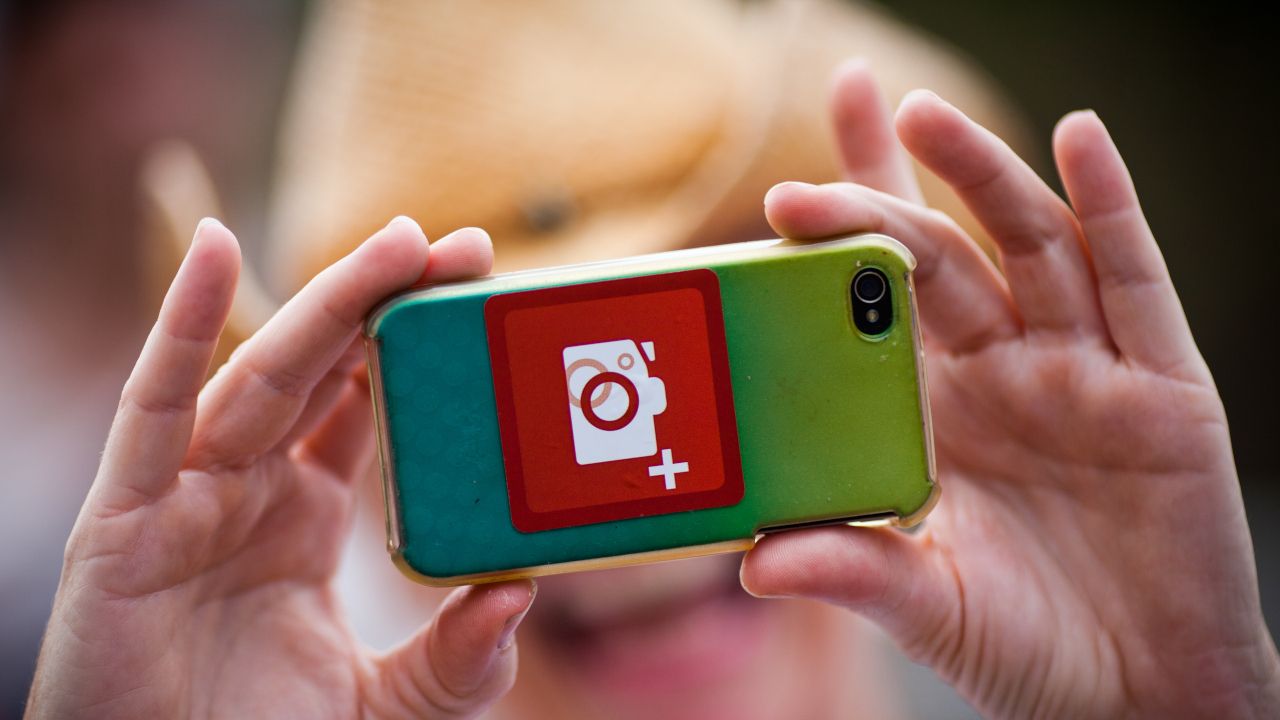
2011 was the year Facebook, the world’s leading social network, launched Timeline and introduced its algorithmic feed. These changes were partly influenced by a formidable new competitor: Google+.
Meanwhile, Android overtook Apple's iOS as the leading mobile platform, Microsoft and Amazon battled it out in cloud computing, and Netflix and Spotify expanded their streaming businesses.
Social Networking Changes
At the end of June, Google announced a new Facebook competitor called Google+. At first, there was excitement among the tech community that it could be a serious challenger to Twitter and Facebook. I polled users on Google+ in July 2011 and many replied that their usage of Twitter and Facebook had indeed decreased. But this was a false dawn. Because Google+ was so tightly integrated with other Google products (like search and Gmail), many people inadvertently joined Google+ when they signed up for a Google account — so they didn't necessarily end up using it.
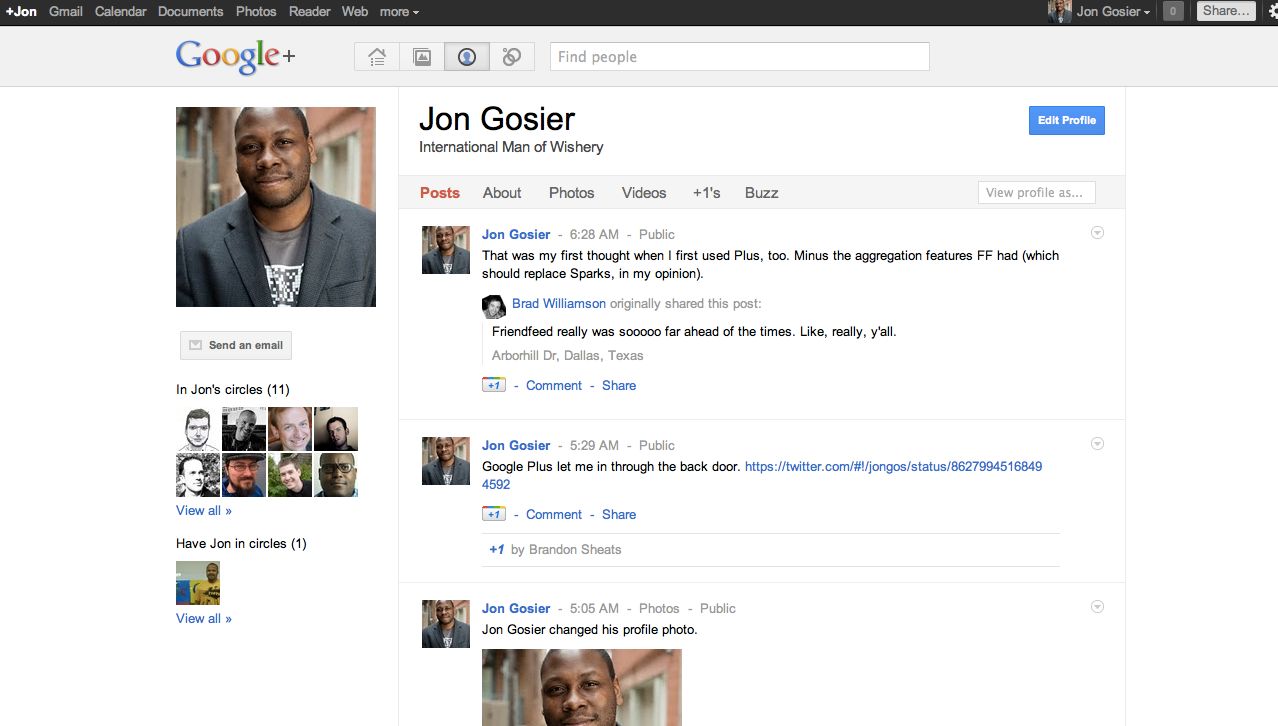
In my analysis of Google+ a year later, I concluded that "as a standalone social network, Google+ still struggles to achieve the user engagement that Facebook and Twitter have." I added:
"Facebook is where you go to see what your friends are up to, Twitter is the daily virtual water cooler. I wouldn't go so far as to call it a ghost town, but as a social network Google+ isn't where the action is. The action is on Facebook, Twitter, ... and YouTube, Google search, Blogger and other Google products."
Meanwhile, in October 2011 Facebook released Timeline, a new version of the profile page designed to show highlights from a person’s entire life rather than just recent posts. The goal was clear: to make Facebook much more attractive to the mainstream.
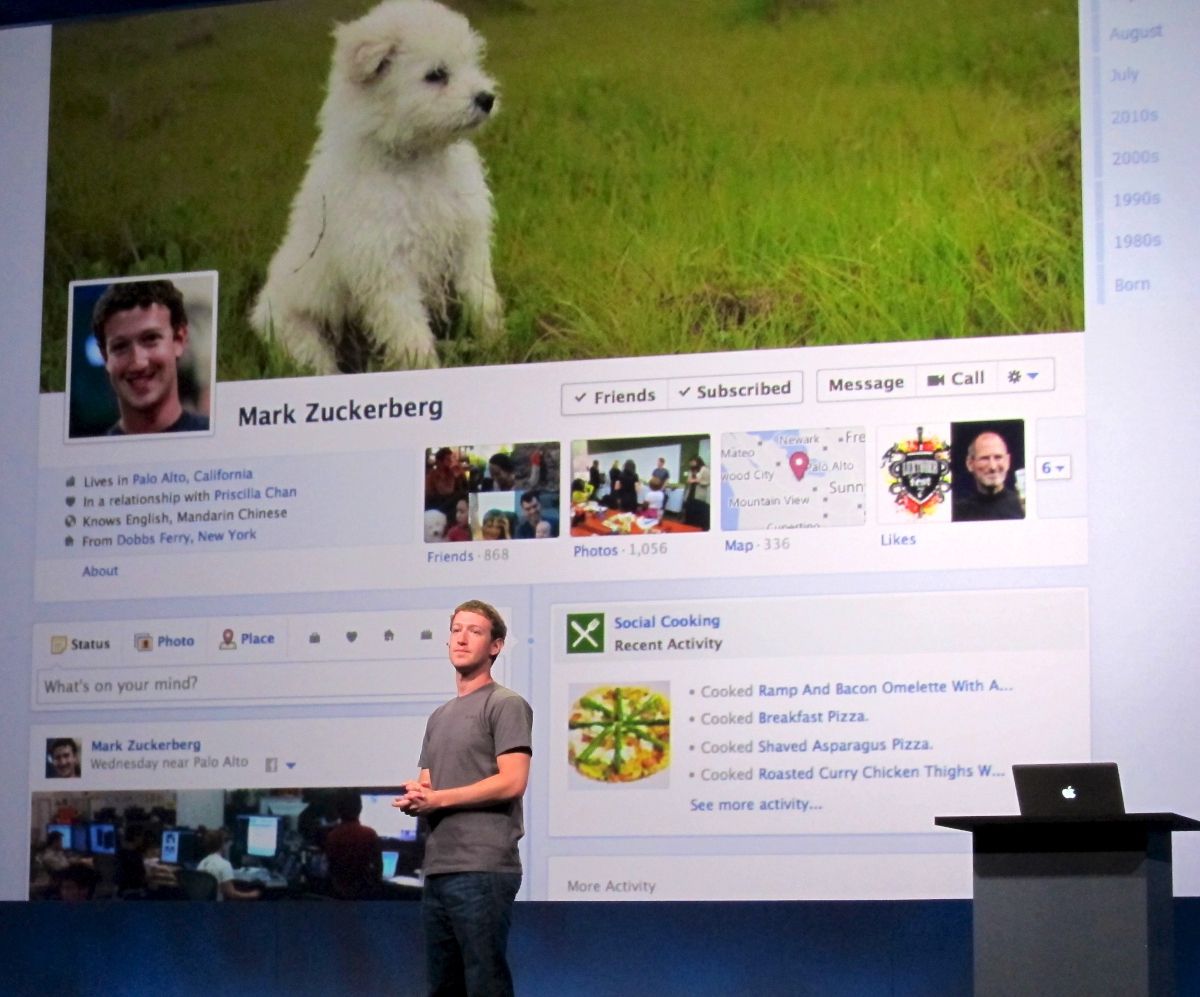
Alongside the Timeline, Facebook made an even bigger change — although it wasn’t immediately obvious how it would impact society. It began phasing out its chronological News Feed with a new, algorithmic feed that curated what you saw. The company marketed this as “your own personal newspaper,” since the algorithm would theoretically only give you the news you wanted to see. On the flip side, you would no longer get to see updates from everyone you followed.
Back then, nobody thought the algorithmic feed was a big deal. But suddenly, Facebook had great power over what you saw in your feed every day. Web 2.0 was supposed to be about giving users new powers—the power to “write” and not just “read” web content, the power to control your interactions with content through products like RSS readers. It was a subtle change that Facebook made, and the implication only became clear much later: you don’t control what you see in your feed every day, Facebook does.
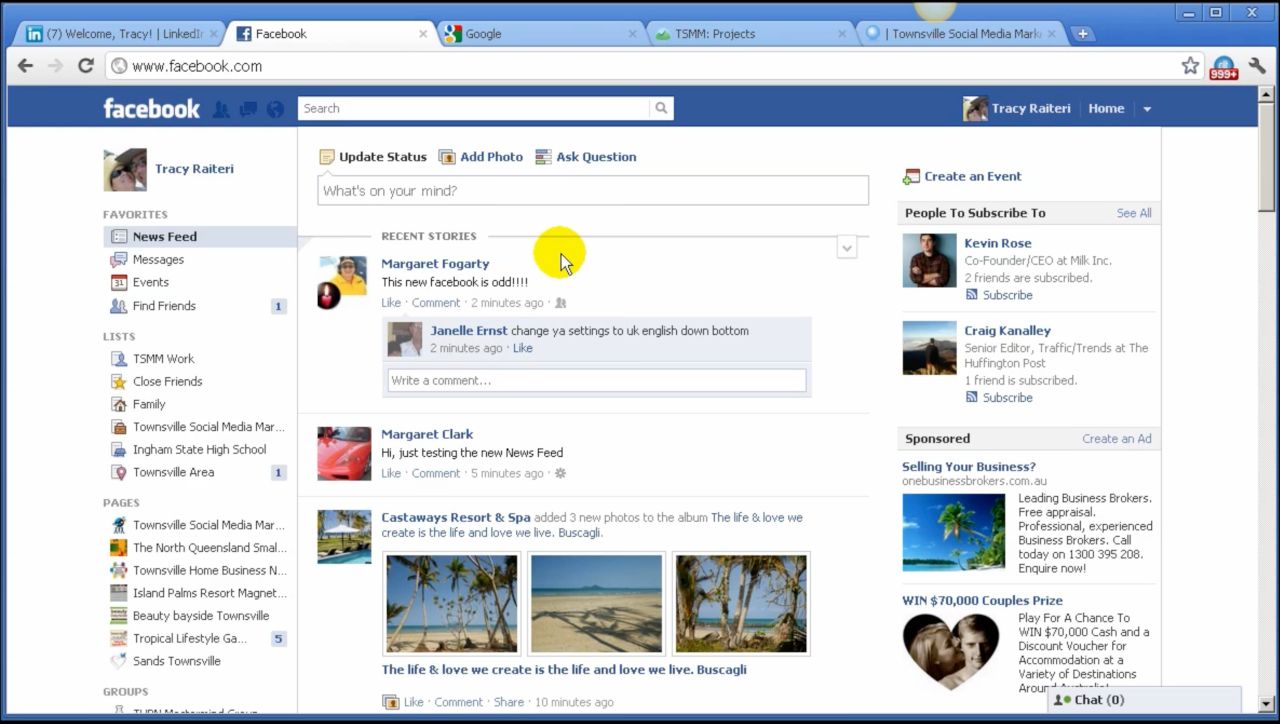
Future of Mobile Glimpsed
2011 was a harbinger of things to come in mobile computing. Upon release of the iPhone 4s in October, Apple integrated its recent acquisition Siri into the operating system — which in hindsight we can view as the first widely deployed consumer AI application. The performance was certainly not ChatGPT-level, but it was a start.
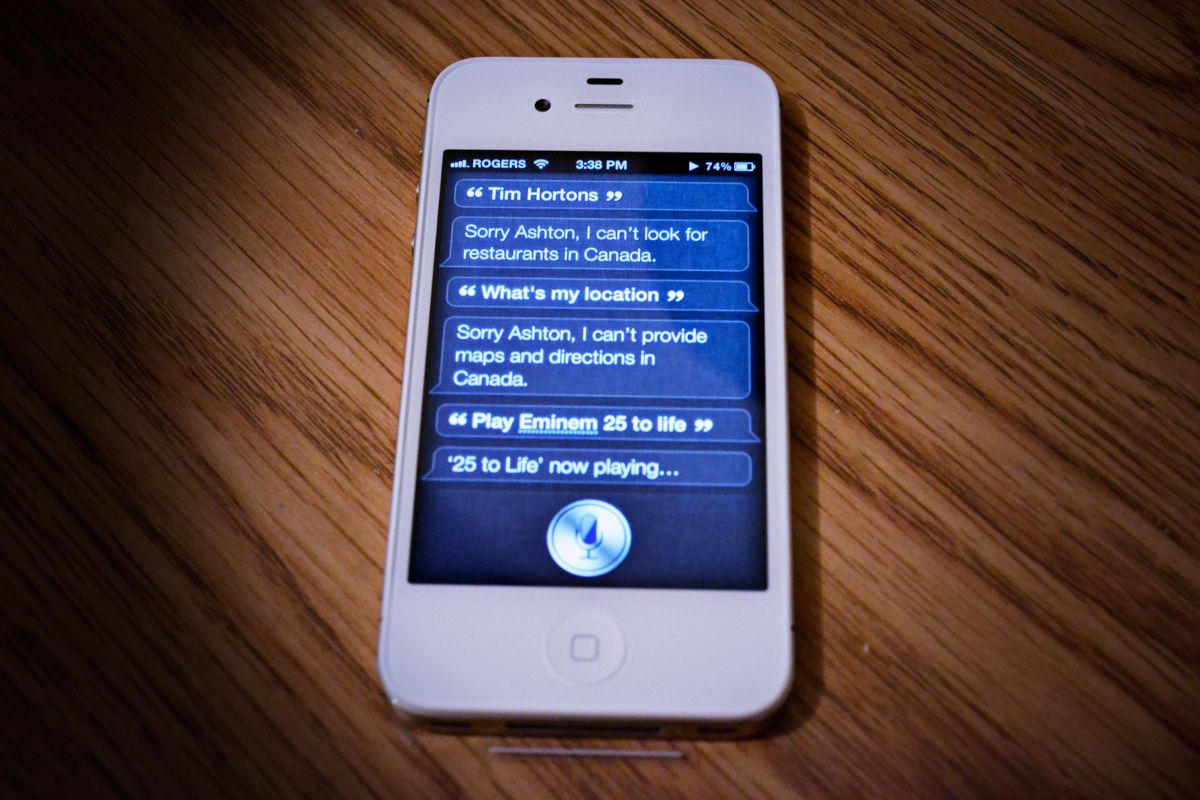
At the beginning of 2010, Google’s Android mobile operating system was fourth in the US market (behind RIM, Apple and Microsoft). But by January 2011, Android was the most-used mobile OS in the United States — overtaking not only a steeply declining RIM, but also Apple.
Android continued to grow in 2011, but with iPhone 4s and subsequent models, iOS gradually caught up again during the rest of the decade.
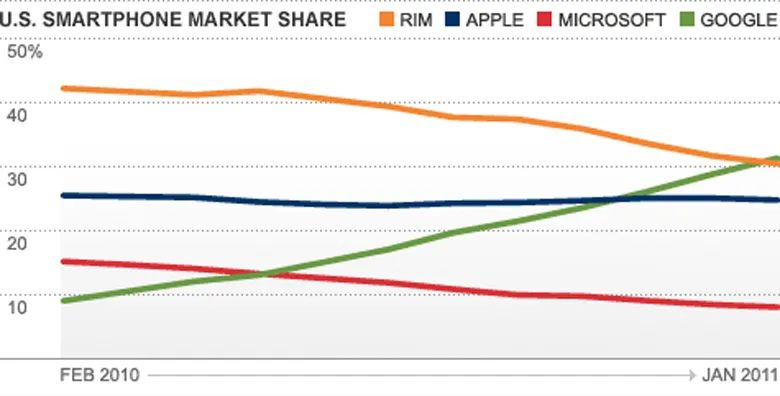
Also noteworthy in 2011: a weird new app called SnapChat was launched in September. It was a fun app for young people in particular, with its augmented reality filters and ability to "control how long you want your friends to view your messages." In retrospect Snapchat, along with Instagram, set the stage for mobile-first social networking to ramp up in the 2010s.
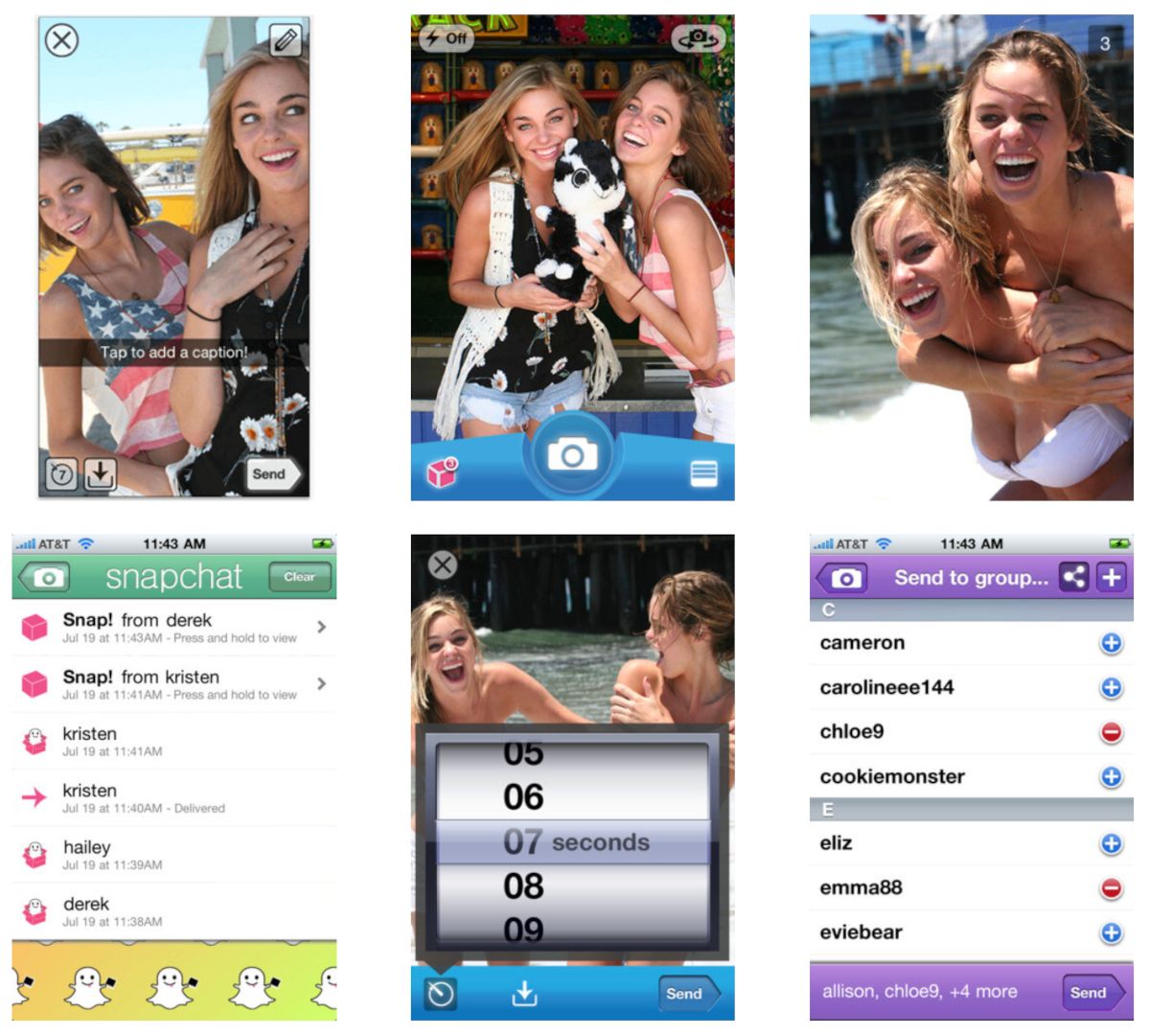
Get In The Cloud
In cloud computing, Amazon solidified its leadership — with its Amazon Web Services (AWS) division closing in on $1 billion a year in revenue. More consumer-focused cloud products, like Dropbox and Google Drive, also grew in popularity. In my 2011 web products wrapup for ReadWriteWeb, I wrote that I used Dropbox "to store and sync all my important files, so that I could access them across devices." That was a relatively new computing activity in 2011.
Amazon's biggest competitor in cloud was Microsoft, which launched Office 365 in 2011 — marking a significant shift from traditional software licensing to subscription-based models.
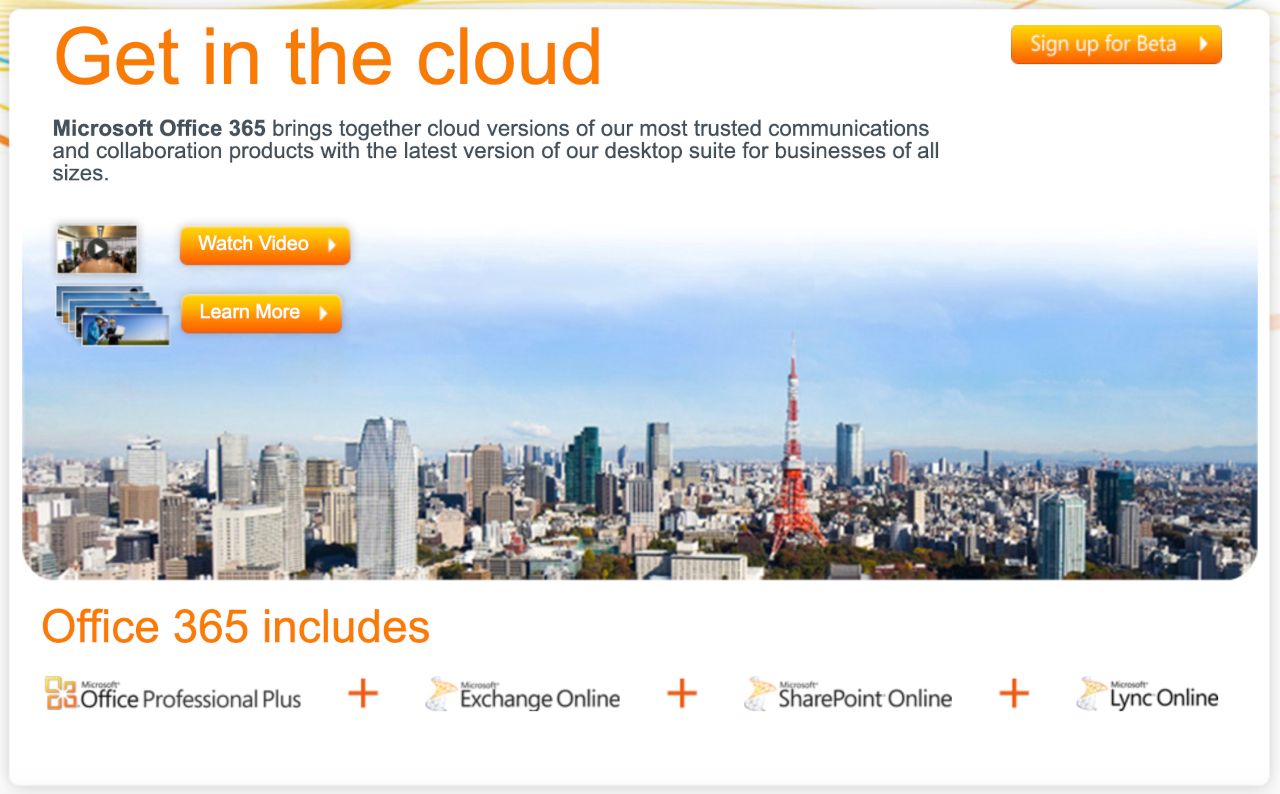
Streaming Era Begins
2011 was a turning point in the streaming era. It was the year Netflix shifted its focus from DVD rentals to streaming, while also expanding internationally. According to one study, by May 2011 Netflix was the largest source of Internet streaming traffic in North America, accounting for nearly 30% of traffic during peak hours.
Streaming music also arrived in 2011, with the US launch of Spotify in July. By September, it had doubled its paying subscribers to 2 million.
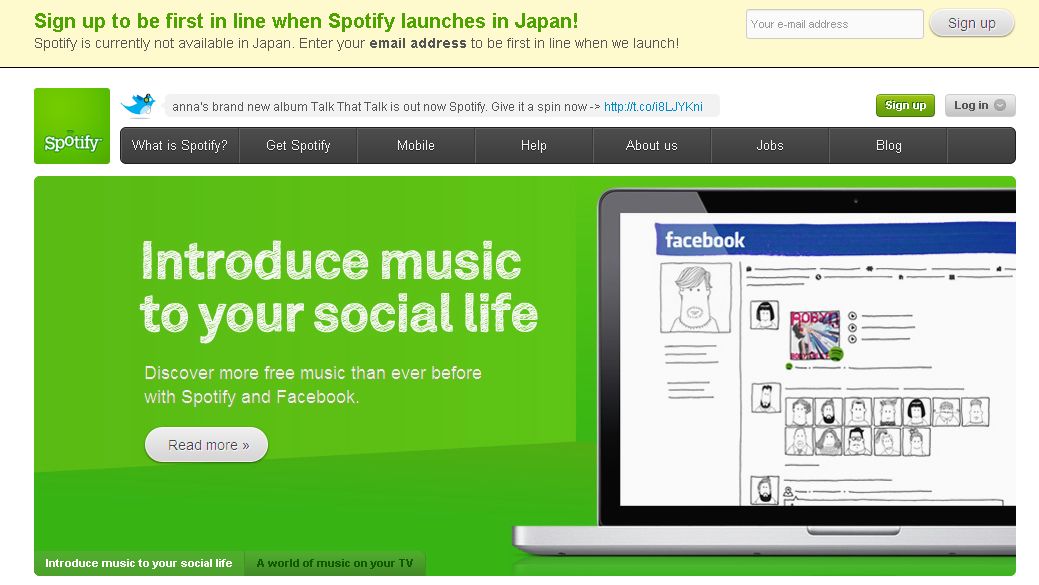
So 2011 was a pivotal year for doing more things over the internet — from streaming media to using office apps in the cloud. Social networking evolved too, with algorithmic feeds and mobile-first social apps laying down a marker for the rest of the decade.
Lead image: Photo by Thomas Hawk.
Read next: More year-by-year overviews of internet history
Buy the Book
My Web 2.0 memoir, Bubble Blog: From Outsider to Insider in Silicon Valley's Web 2.0 Revolution, is now available to purchase:
- Paperback, US$19.99: Amazon; Bookshop.org
- eBook, US$9.99: Amazon Kindle Store; Apple Books; Google Play
Or search for "Bubble Blog MacManus" on your local online bookstore.